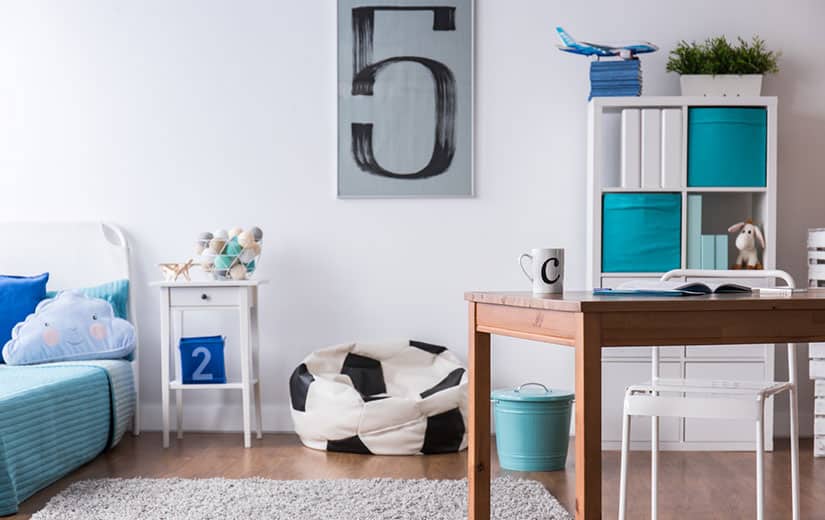Very trendy in recent years, the concept of home automation is increasingly used in private homes. To simply define home automation, we assimilate the term to “connected house”, or the communication of the different objects of the house for intelligent management.
It has long been said, and thought, that home automation is a very expensive investment, which can sometimes scare off many individuals.
However, technologies having evolved, this investment seems more and more profitable for a large number of individuals who do not hesitate to get started. For this, what better than to dive into it as you go, starting for example to buy a connected socket, which does not seem to be the most expensive and difficult installation to carry out.
What is a smart plug?
A connected socket, also called a “smart plug”, allows you to benefit from remote control, and to control various electrical equipment in your home. These sockets usually come in the form of small boxes, which you must plug into your wall outlet. They work thanks to Wi-Fi, or Bluetooth, when it is connected and active on Android or iOS devices (phones, tablets, even connected watches).
Thanks to the connected sockets, you can for example control your lights and their switches, start your radiator at a specific time, set the operating hours of your various equipment such as the washing machine or the dryer, and many other things. again. Clearly, you can control the switching on, off and programming of your electrical devices.
What are the benefits of a smart plug?
The connected socket therefore seems to be a revolutionary tool, which makes life easier for everyone and does not present any particular disadvantage. This is why we will discuss here the advantages of having a connected socket at home.
Configuring your power supply
The smart plug, as we mentioned earlier, allows you to control your devices remotely. This feature allows different uses, such as turning off your light bulbs, programming your household appliances, putting your television on standby, etc.
These gestures seem trivial on a daily basis, but who has never had the courage to turn off the light once settled in bed? Who has never forgotten to start the dishwasher or the washing machine? Who has never forgotten to turn off the light when leaving home? The connected socket exists to make your daily life easier, but also to reduce your energy consumption by correcting all the small daily household faults that we have. The control of these sockets is known to be carried out on smartphones and tablets, using an application.
However, smartplugs are evolving and are now equipped with voice recognition systems and voice assistants. You will only have to give an order orally so that your equipment can respond to it.
Programming
The function of programming an electrical outlet is very useful, because it allows you to run your various household and electronic appliances at off-peak hours, allowing you to make considerable savings on your energy consumption.
Indeed, you can set your plug and its start at well-defined times, but you can also ensure that it turns on in the event of motion detection (this is an option that is not not available on all sockets). In the context of programming, it is true that there are already programmable sockets, which allow you to plan the operation of an electronic device at a very specific time.
However, these sockets are not as efficient as a smartplug which, in addition to programming, offers remote control or measurement of your energy consumption.
Measuring your energy consumption
This is one of the functions that best meets our problem: does the connected socket save money? Although many of us think it, putting a device to sleep is not enough to reduce our energy consumption. This may be a factor of course, but it is not the best way to reduce the electrical consumption of our devices.
This is why the connected plug plays a major role in the choice of your electronic devices, but also in the awareness of your consumption. Some models have options showing you the total power consumption of your device, and the peak consumption according to the hours.
This feature allows you to identify your most energy-intensive devices, in order to replace them if they are much too greedy. It also makes it possible to identify the devices on standby, and sometimes proceeds to the extinction itself.
Very precise figures on your consumption generally cause a click, which translates into a total change of habits which can only encourage you to opt for connected sockets for all your electrical and electronic devices (because a smartplug must be specific to the device to which it is attached).
The price of a connected plug
In addition to being very practical, the smart plug is very inexpensive. It is also one of the least expensive equipment in the field of home automation. It takes an average of 40€ for an efficient connected socket, with interesting options. Generally, prices vary from 20€ to 100€.
It is very difficult to have precise figures on the reduction of consumption thanks to connected sockets. However, the number that stands out the most is 10%. On average, a household using a smart plug saves 10% on its energy consumption bills.
Note that this is only one home automation installation, we can not imagine the savings that would be made if your whole house was equipped with a home automation system. Gradually, you will get used to using them and these little grips will be essential to you.



